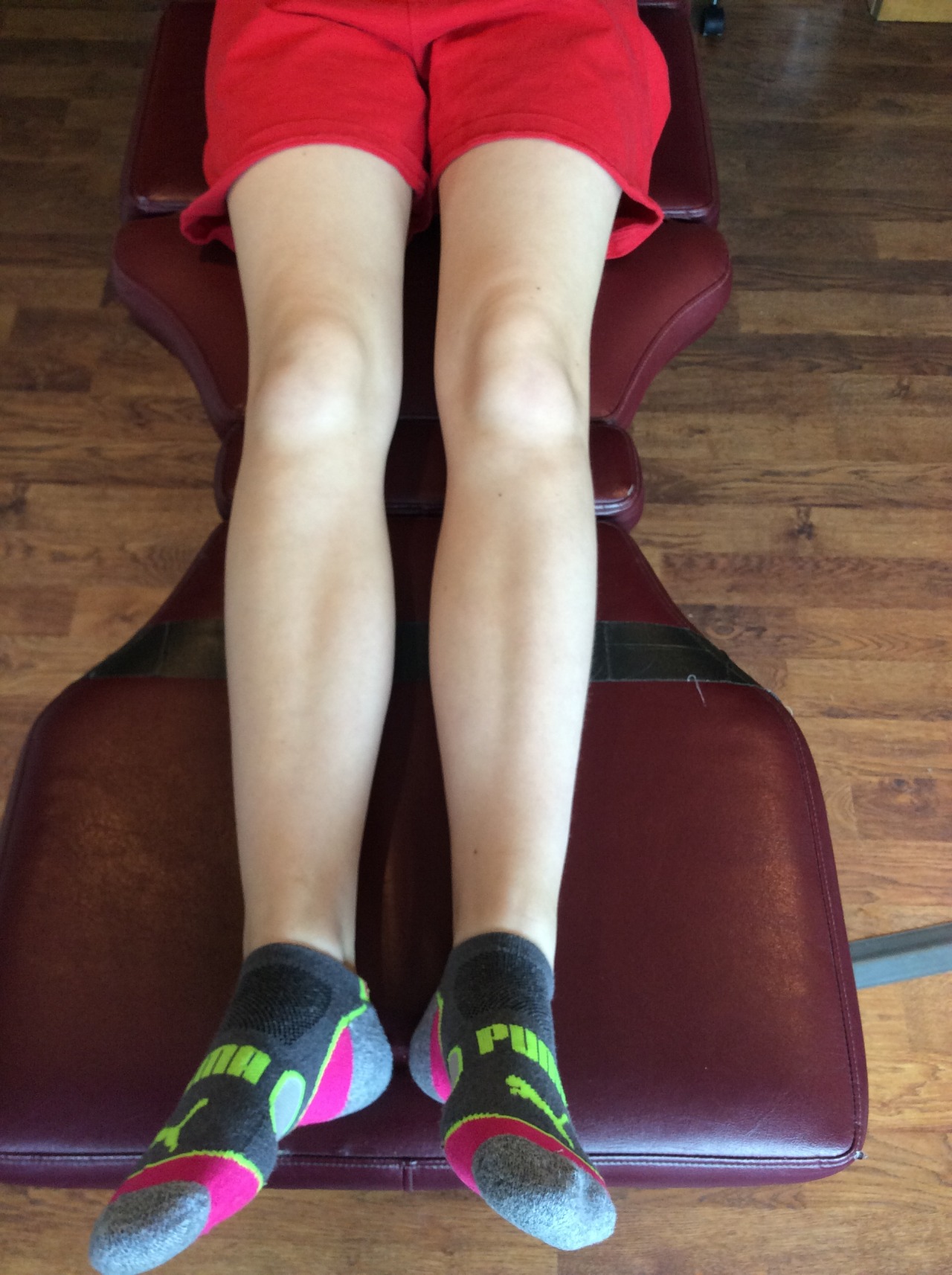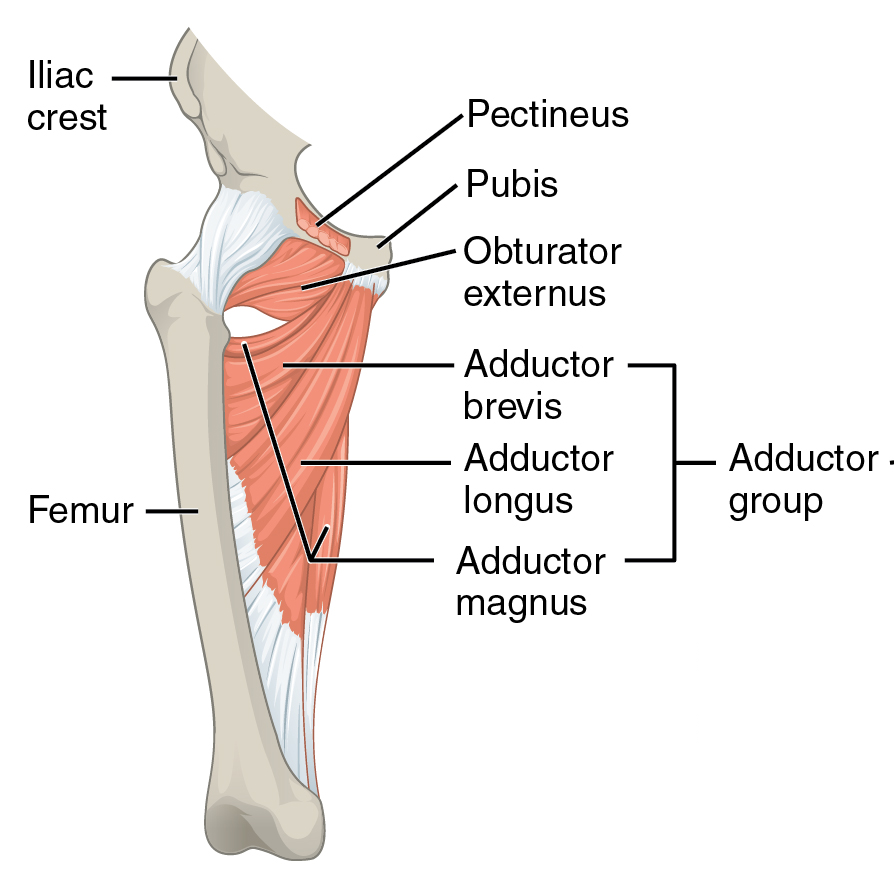Toes in for squats?
Sometimes it’s OK for “toes in“ squats...
I often hear from folks and also read on a lot of blogs and articles about whether your toes should be in or out for squats or other types of activities. The real answer is “it depends”.
What it depends on is the patient’s specific anatomy. That means we . . .
Posted in: dry needlingfemorisgaitgait cyclegastrocgastrocnemiusgluteus mediusgluteus minimusiliotibial bandinknee painlateralisoutperoneusperoneus longusquadricepsrectusrectus femorisrehabrehabilitationsquatstoestpdntrigger point dry needlingvastusvastus intermediusvastus medialis
Holy twisted tibias Batman!

Holy twisted tibias Batman! What is going here in this R sided knee pain patient?
In this 1st picture note this patient is in a neutral posture. Note how far externally rotated her right foot is compared to the left. Note that when you drop a plumbline down from the tibial tuberosity it does not pass-through or between the . . .
Are We Rehabbing the wrong system?
I have recently run across some research that has changed the way we look at some of the rehab we do, especially proprioceptive rehab. Perhaps it will do the same for you.

Posted in: afferentsbiomechanicscirculardiameterdry needlingexercisegaitinstabilityintramuscularintramuscular therapylarge diameter afferentsmusclemusclesneedleneedlingneurologyproprioceptionproprioceptiverehabsacculesemisemicircularsensationsensorystabilizerstimulationsystemtestingtpdnutriclevestibular
Why do we look down sometimes?
especially when things get challenging....
While working with a patient with runners dystonia the other day, I had one of those epiphanies. I thought I would share it with you here. Here is some food for thought.
We remember that we have 3 systems that keep us upright in the gravitational plane: The visual system, the vestibular system and the proprioceptive system. As . . .
Posted in: balancecleidogaitmastoidscmsternosternocleidomastoidsuboccipitalsuboccipital musclessystemtrapeziusvestibularvision
The Adductor Magnus
Not just for adduction anymore....
 Ah yes... the adductor magnus. A commonly implicated muscle in hip dysfunction to include CAM lesions, femoroacetabular impingement, anterior femoral glide, as well as "hamstring insertional tendonitis" like symptoms (which would specifically be referring to the long head).
Ah yes... the adductor magnus. A commonly implicated muscle in hip dysfunction to include CAM lesions, femoroacetabular impingement, anterior femoral glide, as well as "hamstring insertional tendonitis" like symptoms (which would specifically be referring to the long head).
You will recall that the adductor magnus consists of . . .
Posted in: adductorclinical examdry needlingdry needling instructionexternalgaithiphip extensionhip flexormagnusneedlingpainrotationrotatorthightpdntrigger point dry needling coursestrigger point dry needling seminars
A QL screen for you...
As I have said in previous posts, though they can’t act independently I like to think to think of the QL as having two divisions. The lower division arises from the medial portion of the iliac crest and adjacent iliolumbar ligament and inserts onto the transverse processes of the lumbar vertebrae, in the coronal plane from . . .
Posted in: clinical testcoronalgaitlumborumplanequadrates lumborumquadratusquadratus lumborumscreenstabilizer
Reverse Engineering
A Case for “Reverse Engineering”
You have often heard me say in my classes: “think of muscle function from a closed kinetic chain perspective”. In other words, the muscle (in the case of gait) working from the foot (or ground) up. Here is a study exemplifying this with the tibialis anterior and peroneus . . .
Posted in: dysfunctionengineeringfunctiongaitgait cyclemuscleperoneusperoneus brevisperoneus longusreverse
Cover image credit: http://wallpapershacker.com/skulls_sketches_skeletons_spine_drawings_hd-wallpaper-1015286/
